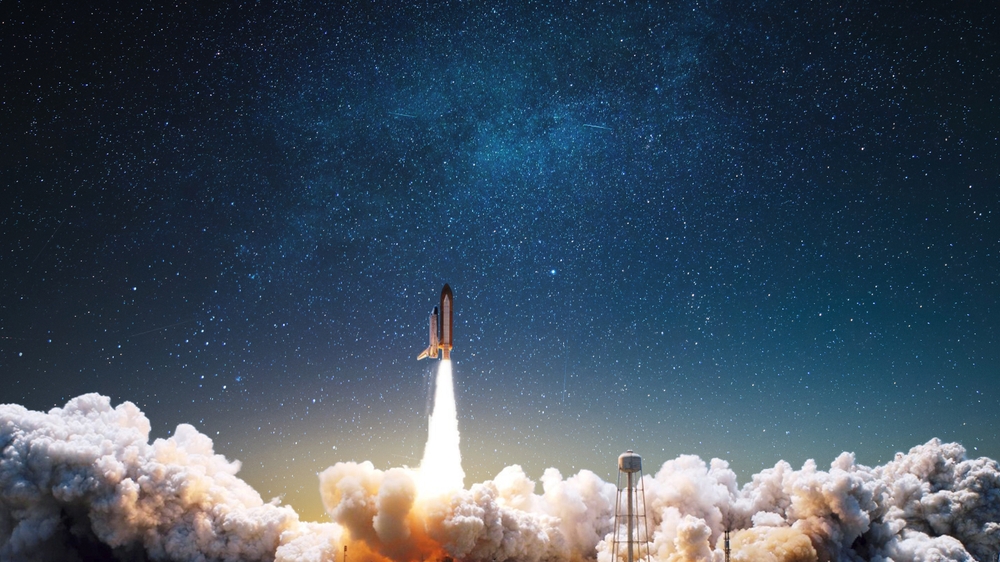Youngest Chinese astronaut heads to space with four mice.
Others are reading now
China is set to launch its Shenzhou-21 space mission Friday night, carrying three astronauts — including the youngest in the nation’s history — and four mice for the country’s first rodent experiment in orbit, according to the China Manned Space Agency (CMSA).
The mission is scheduled to lift off at 11:44 p.m. local time (15:44 GMT) from the Jiuquan Satellite Launch Center in northwestern China.
The destination is the Tiangong orbital station, a key component of China’s growing ambitions in space.
A new generation takes the lead
At 32 years old, engineer Wu Fei will become China’s youngest astronaut to fly in space.
Speaking at a press conference, Wu called the opportunity a dream come true.
Also read
“The fact that my dream can be integrated into the glorious history of China’s space program is the greatest opportunity our era has given me,” he said, as cited by Digi24.
The mission commander is Zhang Lu, 48, a veteran of the Shenzhou-15 mission, while Zhang Hongzhang, 39, will serve as the payload specialist.
Science on board — and underfoot
In a first for China’s space program, four mice — two male and two female — will travel with the crew as part of the country’s first live rodent experiments in orbit.
Details of the study were not disclosed, but such experiments typically help researchers better understand biological changes in microgravity.
A growing space power
China’s space program is the only one besides those of the U.S. and Russia capable of independently sending humans into space.
Also read
In recent years, the country has landed a probe on the far side of the moon, returned lunar samples to Earth, and placed robotic missions on Mars.
Beijing has also completed its Beidou satellite navigation system and continues working toward more ambitious goals.
Eyes on the Moon
The CMSA reaffirmed on Thursday that China remains committed to landing astronauts on the moon by 2030, with plans to build a permanent lunar base.
Preparations include upcoming tests of the Mengzhou crew spacecraft and Lanyue lunar lander.
President Xi Jinping has called space exploration part of the “space dream” for the Chinese people, with billions invested to rival U.S. and Russian dominance in orbit and beyond.
Also read
This article is made and published by Camilla Jessen, who may have used AI in the preparation


